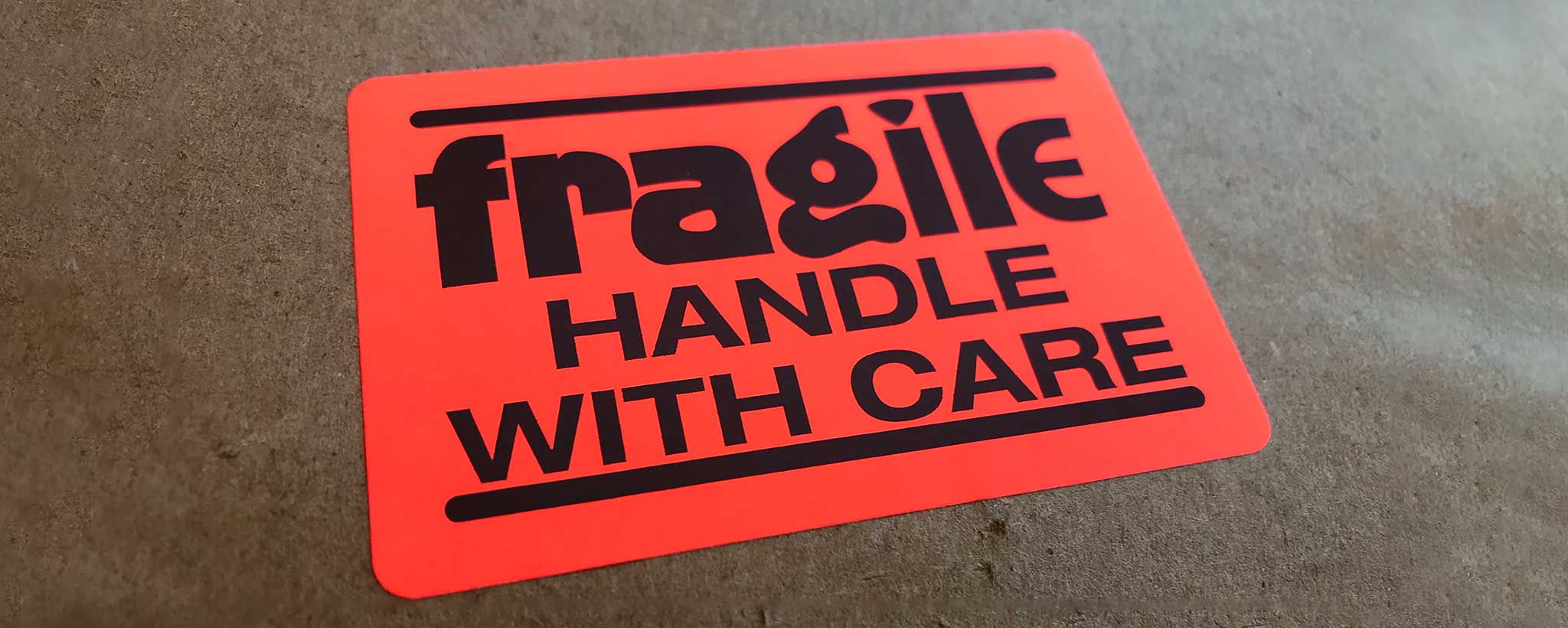To the extent possible, you want to own your own creative content. This includes photos, artwork, articles, domain names, and product descriptions.
Who Owns Your Creative Content?
Many people establish an online presence by posting reviews or uploading content on social media websites. While the anticipation is that these portals will last forever, some drop out of sight. Sometimes another company acquires them and folds their services into a competing product or service. At other times, social media companies are bought out, only to acquire intellectual property and talent. Most go bankrupt.
Even if you stick to the big ones, their privacy policies shift frequently. What may begin as “your” content can become “their” content. Then it becomes their promotional material. You could end up creating content from which others profit. You might even lose rights to your creative works. To the extent possible, you want to own your own creative content. This includes photos, artwork, articles, domain names, and product descriptions.

Unless you are going to invest in your own computer servers with backup generators in colocations and full compliance with GDPR and PCI standards, you likely need to trust someone to host your information.
When it comes to your personalized domain name, it is best to pay for it separately than to accept the one included by the host. This way, you still have domain name access if you decide to move to another platform.
Backup all your product pages and blog articles. Either use a tool that periodically downloads everything for you or copy and paste into files you keep on your own computer. Some hosts include migration tools, or there may be third-party solutions for such. But the reality is that much content imported from elsewhere benefits from massaging for the best utilization of native features.
Are You A Blogger?
Many e-commerce sites naturally focus on products. But your well-written blogs drive traffic and improve search engine visibility. There are apps that import articles from other websites by means of an RSS feed. Some people use this to give the appearance that a website has more content than actually exists. Search engines are not fooled by this tactic. If at all possible, write your own articles or accept contributions from others. If all else fails, pay writers.
Should you write articles for other blogs? Occasionally, yes. Being a guest blogger establishes you as a bona fide journalist. Other sites may have just as much, if not more, traffic than you and link back to your website. So you can inherit more traffic.
Recognize that other sites have different publication requirements. Some may like short-and-sweet articles. Others prefer lengthy articles with many references. To reduce liability and article verification, many editors desire no external links.
The way you write for your own blog may not be acceptable elsewhere. Find out what the requirements are before submission to prevent rejection after spending much time researching and writing.






